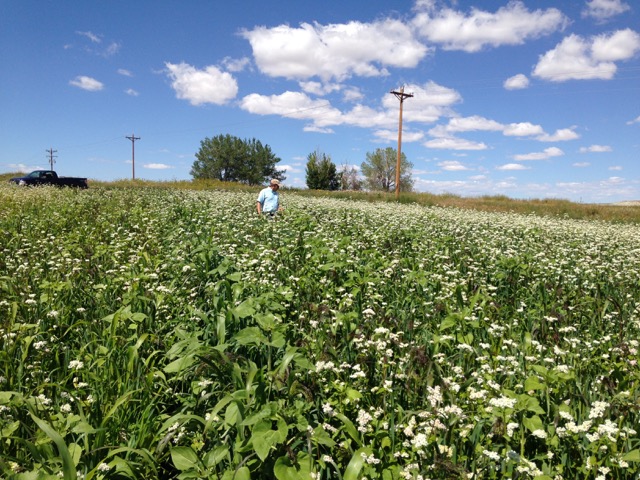Remember the bumper sticker: “Every day is Earth Day for farmers?”
This Independence Day, think about that bumper sticker. Just because we farm, does it mean we’re in tune with everything Mother Nature brings forth? Does it mean that farming by the book, the way our fathers and grandfathers did, will make a difference for our sons and grandsons? Does Independence Day suggest we’re free, but only in the political sense?
When it comes to agriculture, paying attention to interdependence is what makes a good farm great. Cover crops and no-till is a good example.
- Conventional tillage compacts soil and leaves topsoil free to erode or blow away. Cover crops breaks up compaction and prevents erosion and loss of a farm’s best resource.
- Mono-cropping strips the soil of important nutrients. Cover crops, especially on no-till acres, builds organic matter that attracts healthy microorganisms, friendly bacteria and earthworms
- Nitrogen-loving cash crops need added inputs to keep corn thriving. Cover crops sequester or add nitrogen which reduces the need for fertilizer
- Conventional tillage allows for one harvest a year. With a forage cover crop, you can do all of the above PLUS get a cutting of hay or graze your livestock.
Interdependence means that we can improve our bottom line and increase our farm’s value by working with nature. Working hard comes with the territory. Working smart, in the framework of soil biology, will help everybody up and down the food chain.







